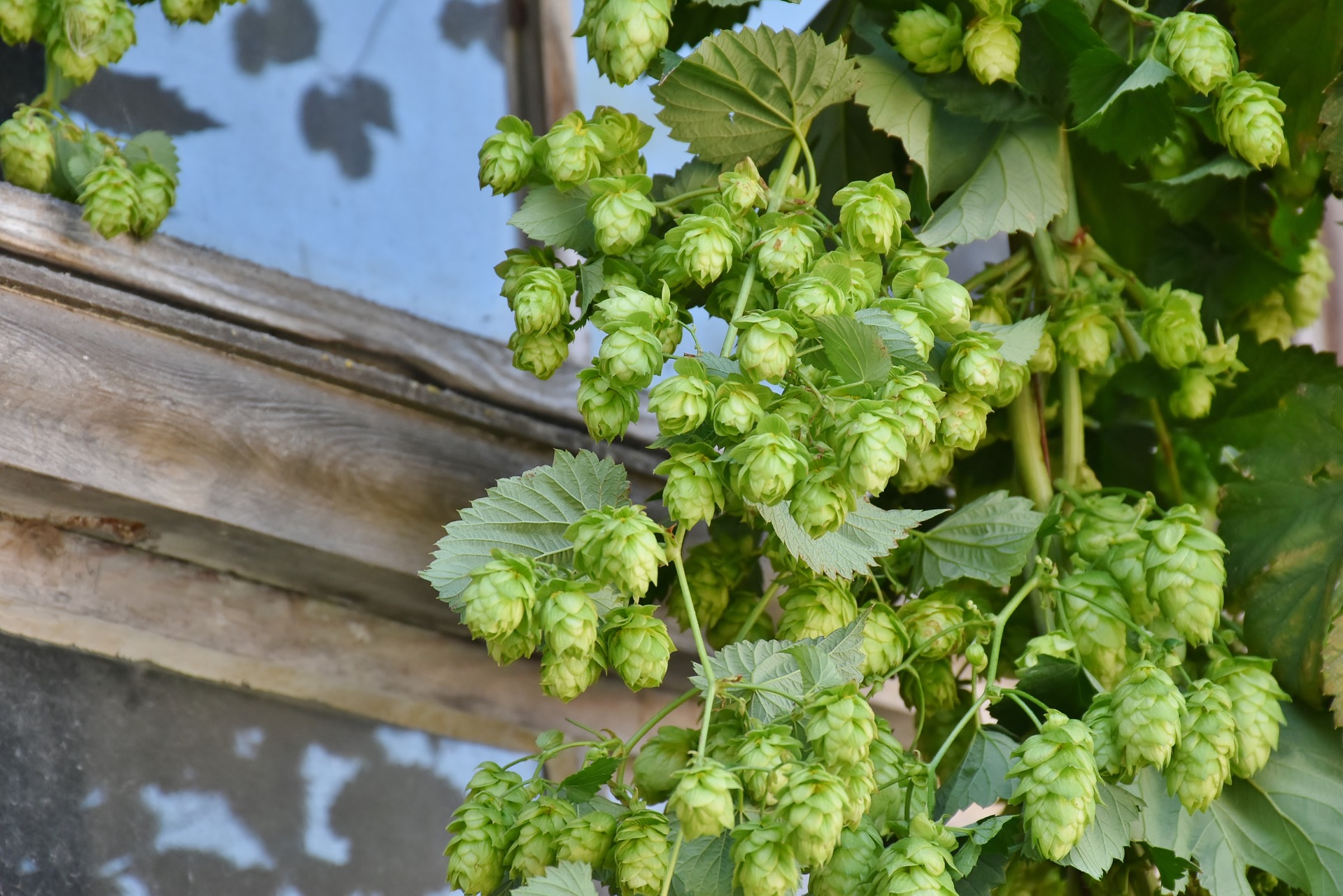It was around 150 years ago that hunter Walter Anderson got lost while tracking a wounded deer across the wilderness of the Pacific Northwest. The lush valley he discovered (and named) soon became home to a small but thriving community that developed its own quirky language.
Known as Boontling (perhaps after the nearby town of Boonville), this local lingo was spoken by men working in the surrounding hop fields and vineyards, as well as women eager to gossip discreetly. The opposite of link-building languages (like Hausa or Papiamento) that underpin trade, Boontling protects its community. It frequently uses sources (often personal) that only locals would understand.
However, its lexicon includes some words borrowed from English, Gaelic, and Spanish (not surprising in California), as well as the Pomo language spoken by nearby tribes. But that’s just the easy part. It expanded to a lexicon of some 1,600 words, many referenced to local events.
Academic Study
In 1971, Chico State University English professor Charles C. Adams published Boontling: An American Lingo. Acknowledged as an authority on this dialect, he gained the trust of the people of Boonville before conducting a thorough historical and linguistic study of its characteristics. His Boontling – English Dictionary has some memorable entries. Here’s a selection:
- barney: v. To embrace or hug; to kiss; to “smooch.” {An affectionate Boonter named Barney addressed women he knew with such names as “darling” and often kissed them in greeting them and in saying goodbye.}
- brightlighter a city dweller, tourist;
- burlap: v. To have sexual intercourse {Anecdotal. A young Boonter is said to have surprised a store clerk having intercourse with a girl on a bale of burlap bags in the storeroom. He emerged exclaiming, “They’re burlapin’ in there.”}
- doolsey: n. Candy; sweets; sugar. {Borrowed from the Spanish dulce, perhaps indirectly through Pomo.}
- heefus: n. and mod. A person who does not act responsibly; characterized by incompetence. {Phonemically reshaped half-ass, related as a modifier to half-assed.}
- kiloppety: v. To travel by horse-drawn vehicle or on horseback. {Imitative of the sound of shod hooves on a roadway.}
Although verging on extinction as its few remaining speakers age, Boontling can still compete for several linguistic titles. Here are a few of them.
Newest Languages
The origins of Boontling date back to the late 19th century, around the same time as Esperanto. However, Although intended to facilitate global communications, Esperanto is most commonly used today in South America, East Asia, and Europe, with an estimated 30,000 to 180,000 speakers. As a constructed language, it naturally has no native speakers.
Fewest Speakers
According to the World Atlas of Languages published by UNESCO, there are over sixty critically endangered languages with only a couple of speakers left. And that figure is dropping rapidly, as tribal elders die off without passing their languages on to their offspring. This happened with the Yamana language in 2022, when the last member of the Yagan community passed away at the age of 92.
With only a dozen or so speakers still living in Anderson Valley, Boontling is also in a delicate situation.
However, it’s no secret that Northern California is a great place for delicious chiggle (food) washed down with a bottle or two of local frattey (wine). It’s also becoming a major attraction for history buffs, their apple-heads (girlfriends), and kimmeys (buddies), all eager for some bahl hornin’ (good drinking) as they explore the picturesque birthplace of this uniquely American language.
What Lies Ahead for Minority Languages?
Uncertain but complex, the future of minority languages depends on countless factors. They include:
- Technological progress: Digital communication and machine translation can help preserve minority languages through documentation and online classes that can reach students in remote areas.
- Demographic shifts: As youngsters leave their communities in search of better jobs and more opportunities, elders are unable to hand down their tribal knowledge and language to subsequent generations.
- Education policies: Solid support is needed from international organizations, government agencies, and NGOs, ensuring that minority languages are taught in schools and then used in everyday life.
While building linguistic bridges between various dominant linguae francae (like English and Spanish, for instance), Trusted Translations is well aware of the cultural significance of minority languages. Sensitivity training for its highly qualified staff ensures personal respect and professional accuracy when working on projects reaching out to smaller target audiences, like minority language communities.
Image by -Rita-???????? und ???? mit ❤ from Pixabay






